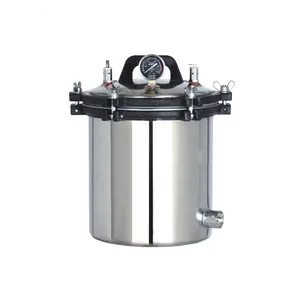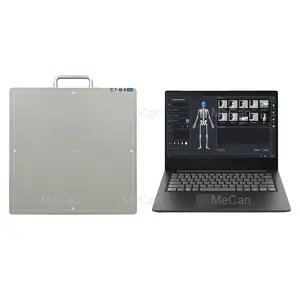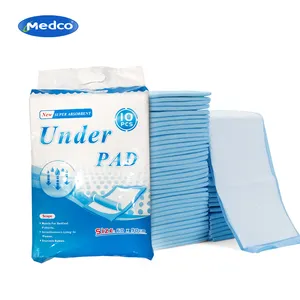Popular in your industry











































































































































































































Top categories
About biliary stents
Understanding Biliary Stents
Biliary stents are specialized medical devices designed for the management of obstructions in the biliary tract. These tubular structures are essential for ensuring the proper flow of bile from the liver and gallbladder into the intestine, which is crucial for digestion. The application of biliary stents spans across various conditions, including but not limited to, strictures caused by malignancies, gallstones, or inflammation.
Types and Materials of Biliary Stents
There are two primary types of biliary stents: plastic stents and biliary metal stents. Plastic stents are often used for short-term relief, while metal stents, due to their larger diameter and longer patency, are preferred for long-term use. The choice between a bile duct metal stent and a plastic counterpart usually depends on the patient's condition and the expected duration of stent placement.
Features and Advantages of Biliary Stents
The primary feature of a biliary stent is its ability to provide an unobstructed passage for bile flow. This is particularly beneficial in cases where the bile duct is narrowed or blocked. The insertion of a biliary tract stent can alleviate jaundice and reduce the risk of infection or further complications. Moreover, the minimally invasive nature of biliary stent placement makes it a preferable option over more invasive surgical procedures.
Applications of Biliary Stents
Biliary stents are used in various medical procedures, including bile duct stent placement and biliary duct stent placement. They play a vital role in the management of biliary obstructions, whether of benign or malignant origin. In palliative care, stents such as the common bile duct stent are used to improve the quality of life for patients with inoperable biliary tract cancers.
Procedure of Biliary Stent Insertion
The procedure for inserting a biliary stent, known as biliary stent insertion, is typically performed endoscopically in a process called ERCP (Endoscopic Retrograde Cholangiopancreatography). It is a less invasive method that does not require an external incision, thereby reducing patient recovery time and potential complications.
Choosing the Right Biliary Stent
Selecting the appropriate biliary stent involves a thorough evaluation of the patient's specific medical condition. Factors such as the cause and location of the obstruction, the patient's anatomy, and the expected duration of stent use are all considered. It is essential to consult with a healthcare professional to determine the most suitable type of stent, whether it is a gallbladder stent, liver stent, or another variant within the biliary stent category.





























